11 Most Effective Pricing Strategies – With Examples

By Abhinav Girdhar | Last Updated on February 26th, 2024 10:06 am | 8-min read
Table of Content
Pricing of any product or service is a complex and intense process for any business. It is a consequence of various risk-taking abilities, research work, calculations, and understanding of the consumers and the market. You need to be careful when pricing your product as if you set the price up too high, you miss out on valuable sales, on the other hand, if you set it out too low, you miss out on the revenue. There are several pricing models and strategies that help you understand how to set the right prices for your consumers and revenue goals.
 In this post, we will talk about various effective pricing models and strategies that will make you comfortable with pricing your products. Let us first have a better understanding of what a pricing strategy is to review various approaches and select the best one that works for you!
In this post, we will talk about various effective pricing models and strategies that will make you comfortable with pricing your products. Let us first have a better understanding of what a pricing strategy is to review various approaches and select the best one that works for you!What is Pricing Strategy?
Pricing Strategy refers to a method that businesses use to price their products and services. They use this price to determine how much to sell their goods for. Any business while setting up a price for its product considers factors like-- Segment of the product
- Cost of manufacturing
- Conditions of the market
- Action of the competitor
- Marketing objectives
- Ability of a consumer to pay
- Margin or the profit margins
- Account segments
- Trade margins
- Input costs
- Market and economic trends
- Consumer demand
- Brand positioning
- Revenue Goals
Types of Pricing Strategies
Before we go any further to learn about the pricing strategies, let us understand a popular theory that applies irrespective of what pricing strategy you use – Price Elasticity of Demand. It is a business factor that helps you determine how a variation in product price affects consumer demand. If the consumers buy the product even if the price goes high that product is considered inelastic, whereas, elastic products suffer from the price fluctuations. Let us understand the major pricing strategies in marketing and business. Keep in mind that these are not specifically standalone strategies, and many can be combined when setting up prices for your products and services.- High-Low Pricing Strategy
- Cost-Plus Pricing
- Penetration Pricing Strategy
- Competition-Based Pricing
- Freemium Pricing Strategy
- Value-Based Pricing Strategy
- Hourly Pricing Strategy
- Dynamic Pricing
- Project-Based Pricing Strategy
- Skimming Pricing Strategy
- Premium Pricing Strategy
This pricing strategy comes into the picture when a company wants to sell a product at a high price but lowers it when the product drops in relevance or novelty. Multiple discount offers, year-end sales, and clearance sections are good examples of high-low pricing in action. Many retail firms use this pricing strategy to sell constantly changing or seasonal items such as décor, clothing, furniture, etc.
This pricing strategy focuses on the cost of manufacturing the product. Businesses use this strategy to mark-up pricing based on how much profit they want to earn, which is why It is also called as markup pricing. To implement this pricing method, add a fixed percentage to your product manufacturing cost.
The strategy is suitable for the retailers who sell physical products and not for those who sell services as service-based companies offer way more value than the cost to create them.
Penetration pricing strategy is when businesses enter the market with an extremely low price to effectively draw revenue and consumer’s attention away from higher-priced competitors. This pricing strategy is not suitable for the long run and is typically applied for a short time. This method is mostly used by brand new businesses breaking into a prevailing and competitive market. This pricing strategy is all about a temporary loss and disruption where businesses hope that their initial customers will stick around as they eventually raise prices.
This pricing strategy is also known as competitor-based pricing or competitive pricing. It focuses on the ongoing market rate of the product or service. It doesn’t take into consideration consumer demand or the cost of their product. Instead, they use the competitors’ prices as a benchmark. This strategy helps businesses keep the pricing dynamic and stay on top of the competition.
With this pricing method, you can price your products slightly below, above or the same as your competition.
Using this pricing strategy businesses offer a basic version of their product wanting the customer to access more features and move to an upgraded version. This pricing strategy is commonly used by SaaS and many other software companies as their limited memberships and free trials offer a ‘peek’ into a software’s full functionality. It helps businesses gain consumer’s trust before even having them to purchase the product.
Businesses use this strategy when they price their products and services based on an estimated amount of what the consumer is willing to pay. Even though they have an option to charge more for a product, they still decide to set the product prices based on customer demand, interest, and data.
A value-based pricing strategy can not only help businesses boost their customer sentiment and loyalty but also, it can help them prioritize customers on other surfaces of their business, like services and marketing.
Hourly pricing strategy is also popular as a rate-based pricing strategy. This pricing strategy is commonly used by freelancers, contractors, consultants, laborers, and other individuals who provide business services. The basic concept of hourly pricing strategy is trading time for money.
Dynamic pricing is also called demand pricing, time-based pricing or surge pricing. In this pricing strategy, prices fluctuate based on customer demand and market conditions. Various airlines, hotels, utility companies, and event venues apply algorithms to use this pricing strategy. These algorithms help businesses shift prices to match what the customer is ready to pay at the time of purchase.
This pricing strategy charges a flat fee per project or task unlikely to hourly pricing which exchanges money for time. Various consultants, freelancers, contractors, and other individuals who provide business services use this pricing strategy. Businesses estimate project-based pricing based on the actual value of the project deliverables.
Companies use this pricing strategy when they charge the highest possible price for a new product and then decrease its price if it becomes less and less popular. Several technology products, such as video game consoles, smartphones, DVD players, etc. are priced using this strategy. The pricing strategy helps businesses sell products beyond their novelty. However, it can also annoy consumers who purchased the same product at the full price.
This pricing strategy is also known as prestige pricing and luxury pricing. Using this method, companies price their products high to show them as high-value, premium, and luxury products. The pricing strategy majorly focuses on the supposed value of a product rather than the genuine value or production cost.
Premium pricing is a direct purpose of brand perception and brand awareness. Various companies using this strategy become popular for offering status and value through their products, which is why they get their products priced higher when compared to other competitors. Technology and fashion are usually priced using this strategy since they get marketed as exclusive, luxurious, and rare.Pricing Models Based on Different Industries
Here are a few major pricing models that can help you understand which pricing strategy applies to which industry or business.- Product Pricing Model
- Competitive Pricing
- Cost-Plus Pricing
- Value-based Pricing
- Prestige Pricing
- Real Estate Pricing Model
- Dynamic Pricing
- Competitive Pricing
- Value-based Pricing
- Premium Pricing
- Digital Product Pricing Model
- Competition-based Pricing
- Freemium Pricing
- Value-based Pricing
- Services Pricing Model
- Hourly Pricing
- Value-based Pricing
- Project-based Pricing
- Ecommerce Pricing Model
- Freemium Pricing
- Competitive Pricing
- Cost-based Pricing
- Penetration Pricing
- Value-based Pricing
- Dynamic Pricing
This pricing strategy should consider the manufacturing cost (including production, storage, and shipping) of the product and set a price that increases the profit, stands up against competitors, and supports research and development.
Here are the pricing strategies that we recommend when pricing physical products.
The real estate pricing model includes home value estimates, housing demand, cost of living, and market competition. Various other business factors like bidding wars, benchmarks, housing estimates, etc. play an important role in real estate pricing models.
Here are the pricing strategies that we recommend when pricing real estate.
This pricing model includes various digital products, such as software, digital books, and online courses that need a different approach to pricing as there’s no tangible production cost involved. With this pricing model, product prices reflect your business, industry, goodwill, and overall value of your product.
Here are the pricing strategies that we recommend when pricing digital products.
Business services are intangible and lack direct production cost which is why it is hard to set a price for them. With this pricing model, the service provider’s ability to deliver determines the value of the service. This is the best pricing model for freelancers and contractors.
Here are the pricing strategies that we recommend when pricing services.
Ecommerce pricing model helps you determine the product price for online selling. It helps you understand what your customers are willing to pay for these online products. You can also check out your cost of promoting these products in this pricing model.
Here are the pricing strategies that we recommend when pricing eCommerce products.Pricing Strategy Examples
It is hard to visualize all the pricing models. We have put together a few major examples of effective pricing strategies as they have been implemented in various businesses and industries.- Penetration Pricing Strategy: Comcast/Xfinity
- Freemium Pricing Strategy: Appy Pie
- Premium Pricing: American Tourister
- Dynamic Pricing Strategy: Chicago Cubs
- Competitive Pricing Strategy: Amazon
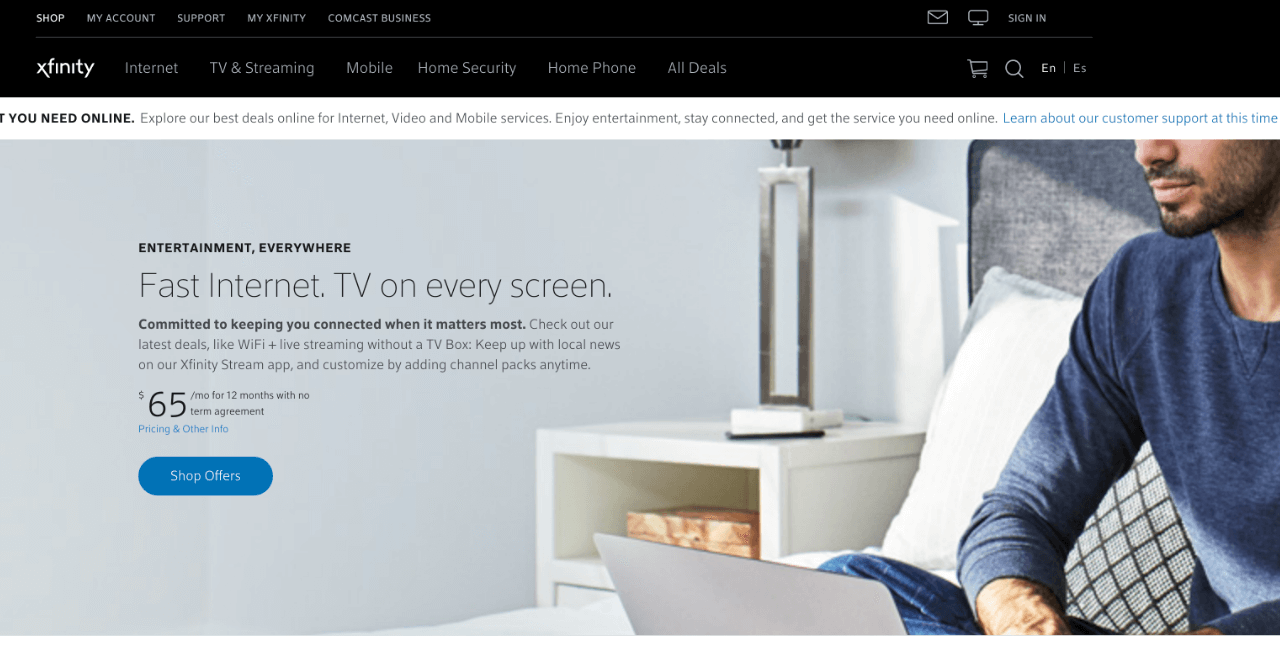 Comcast/Xfinity is an excellent example of this pricing strategy. The company regularly offers low introductory prices, sometimes free, or gently discounted premium channels, and at the end of a certain period, the price rises.
Comcast/Xfinity is an excellent example of this pricing strategy. The company regularly offers low introductory prices, sometimes free, or gently discounted premium channels, and at the end of a certain period, the price rises.
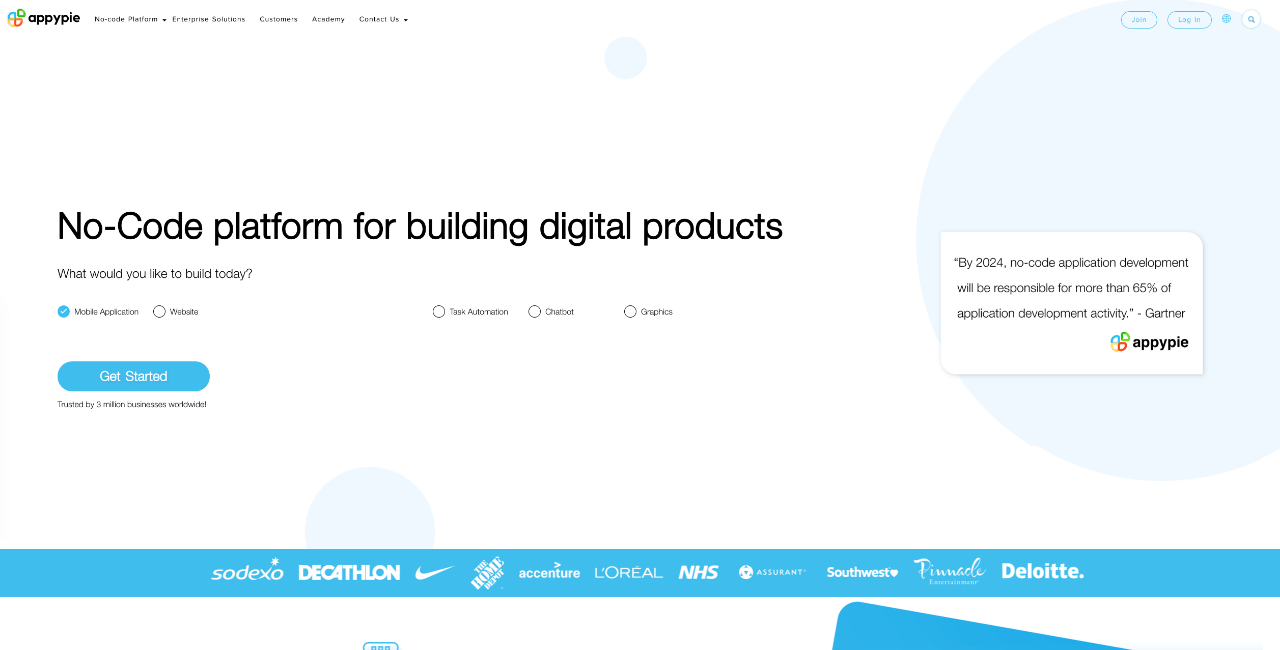 Appy Pie offers limited access to the products and charges for more advanced features. This is an example of freemium pricing where you establish trust with the customers before asking them to purchase the additional features and access.
Appy Pie offers limited access to the products and charges for more advanced features. This is an example of freemium pricing where you establish trust with the customers before asking them to purchase the additional features and access.
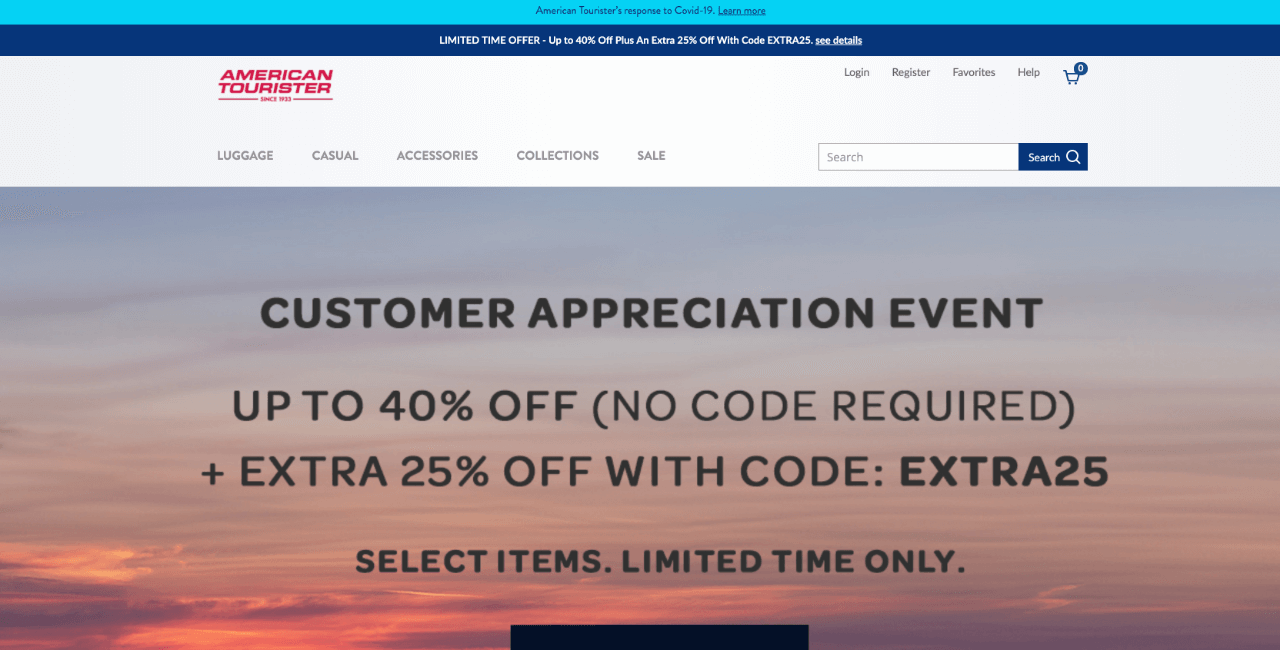 American Tourister is a good example of a premium pricing strategy. Other luggage brands set for one-third of the cost. However, American Tourister has still been extremely successful even though they charge an increased price for their luggage. The reason is the brand has established trust and when you purchase it you purchase experience. The exclusive branding and the image the brand portray for the consumers make the value of the product match its price.
American Tourister is a good example of a premium pricing strategy. Other luggage brands set for one-third of the cost. However, American Tourister has still been extremely successful even though they charge an increased price for their luggage. The reason is the brand has established trust and when you purchase it you purchase experience. The exclusive branding and the image the brand portray for the consumers make the value of the product match its price.
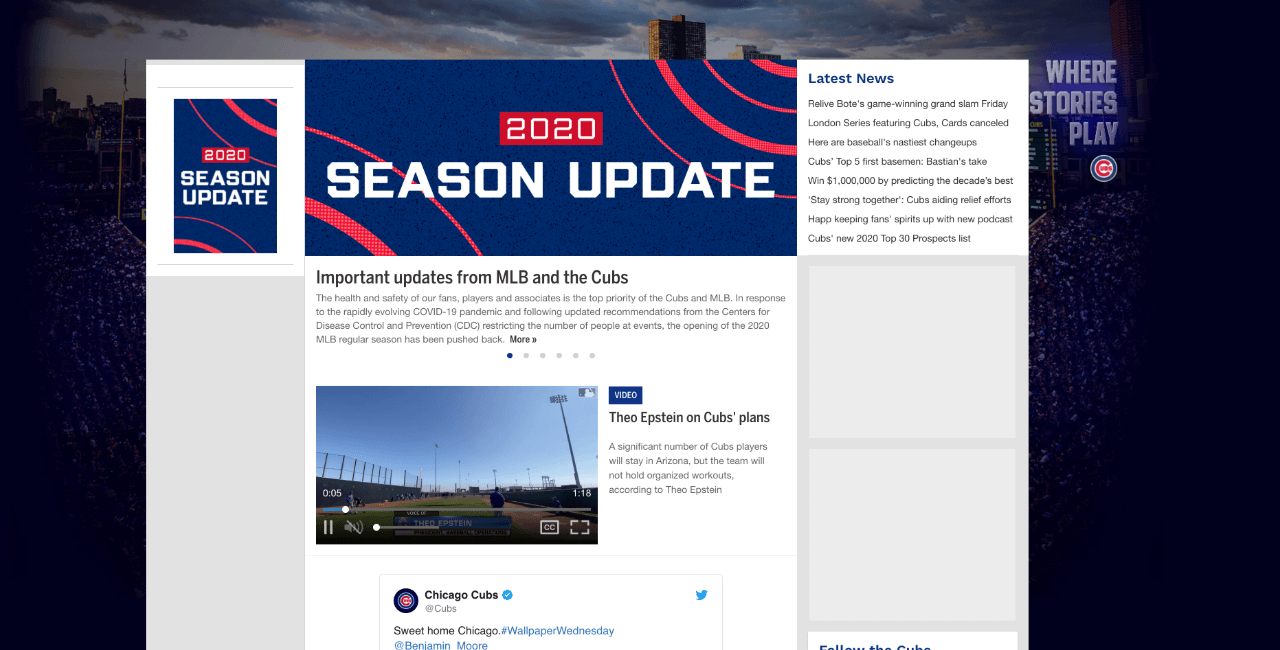 The tickets of Chicago Cubs’ keep fluctuating. If you will keep a check on them, they will be different every time you check. Pricing that varies based on customer demand and market conditions are the perfect example of dynamic pricing. These prices are at their maximum in the holidays when people are likely to visit.
The tickets of Chicago Cubs’ keep fluctuating. If you will keep a check on them, they will be different every time you check. Pricing that varies based on customer demand and market conditions are the perfect example of dynamic pricing. These prices are at their maximum in the holidays when people are likely to visit.
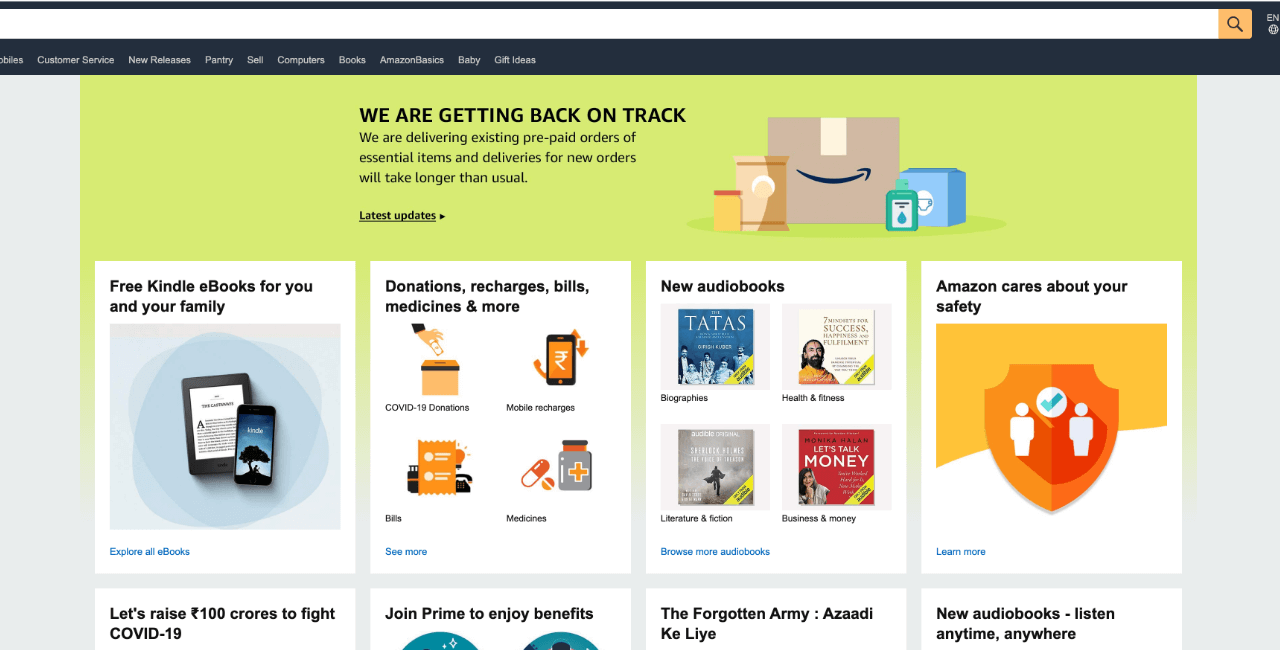 Amazon is one of the best examples of a competitive pricing strategy. It’s an eCommerce platform that helps businesses sell their goods and manage their stores online. The wide range of effective features and an amazing collection of products differentiate the brand from other competitive eCommerce websites.
The cost of Amazon is highly competitive and is usually the lower or same as other eCommerce platforms on the market.
Amazon is one of the best examples of a competitive pricing strategy. It’s an eCommerce platform that helps businesses sell their goods and manage their stores online. The wide range of effective features and an amazing collection of products differentiate the brand from other competitive eCommerce websites.
The cost of Amazon is highly competitive and is usually the lower or same as other eCommerce platforms on the market.Conclusion
You need to price your products smartly and effectively, such that it doesn’t take you to the point where your sales take a hit. Make sure that the price is not too high when compared to your competitors, neither too low to enter losses. Consider every aspect before you price a product. Once you figure out the right pricing strategy, you could begin to earn more profit in your business. To make your products easily accessible to the target audience, you can optimize your website so that it gets better ranking on Google and other search engines. Click here to understand SEO optimization in detail. The next best thing that you can do is create an eCommerce mobile app for your business using Appy Pie’s eCommerce App Builder. Have your users install the app in their smartphones to increase your brand recognition and help them know more about your products and services.Related Articles
- COCONut: Modernizing COCO Segmentation
- Boost Your Web App: The Power and Potential of AJAX
- Blog Title
- Top 5 Investment Apps – How To Create a Stock Trading App?
- Top 9 AI Poster Maker Tools in 2023: Ranked as the Best
- 10 Best Zoom Integrations for Collaboration & Increased Productivity
- 7 Ways to Use Real Estate Marketing Automation
- The Meaning and Symbolism of the Color Aqua
- How to Format Your Blog & Know About Blog Formats, Types & FAQs
- 9 Salesforce Integrations That You Should Use For Your Business
